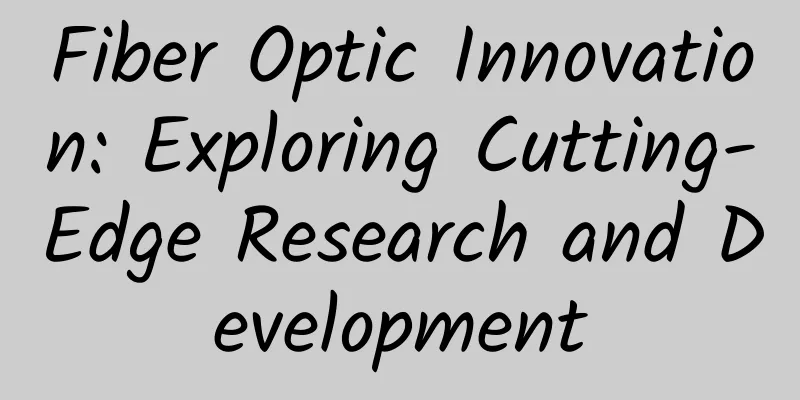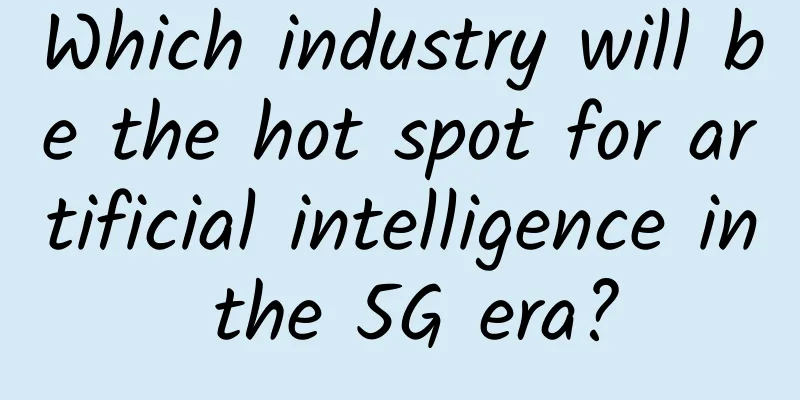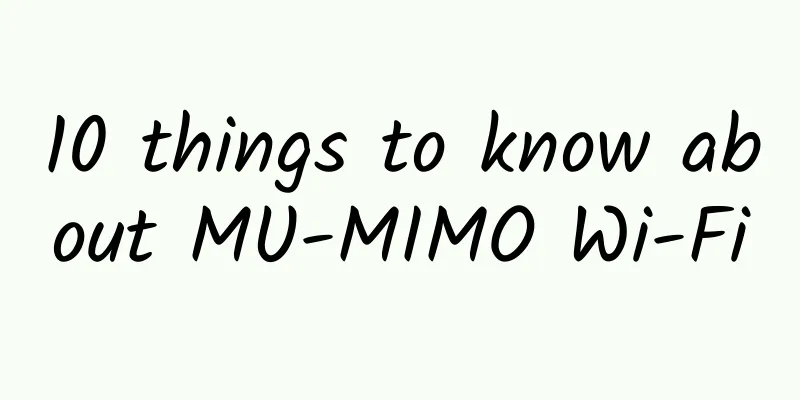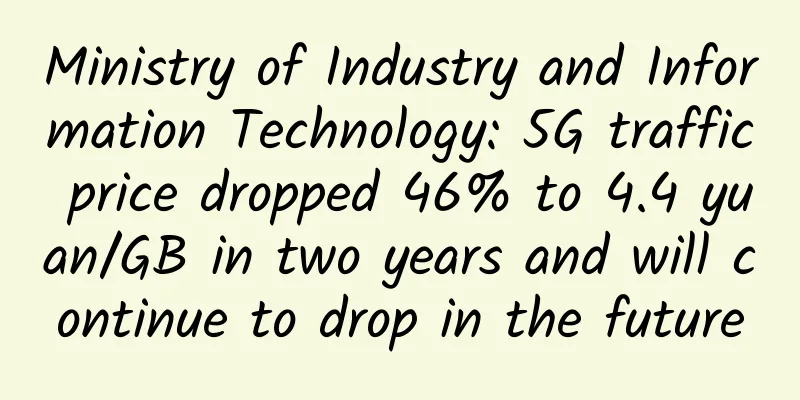Fiber Optic Innovation: Exploring Cutting-Edge Research and Development

|
Fiber optic technology has revolutionized innovation with advances in fiber optic networks, offering numerous advantages and capabilities over traditional copper wire systems. In this article, we will discuss fiber optics, highlight recent advances, explore emerging applications, and discuss what the future holds for this transformative technology. Fiber optic basics: Fiber optic transmission relies on the principle of optical fiber transmission. These optical fibers are made of special materials and consist of components such as cables, connectors, and transceivers. Different types of fiber optic cables, including single-mode and multi-mode, serve specific applications, ensuring efficient data transmission across various network setups. How was optical fiber invented?Optical fiber was invented by several scientists and engineers. Charles Kao, known as the "Father of Fiber Optics," made a significant contribution by discovering the potential of using glass fibers to transmit optical signals over long distances. His pioneering research on light attenuation in optical fibers won him the 2009 Nobel Prize in Physics. Building on Kao's work, Robert Maurer, Donald Keck, and Peter Schultz of Corning Glass Works developed the first practical optical fiber in 1970, using a fused silica core and cladding to efficiently guide light. These advances laid the foundation for the widespread use of fiber-optic communication technology. The Latest Innovations in Fiber Optic Technology
Fiber Optics in Data CentersData centers rely heavily on fiber optic technology to achieve high-speed connections. Fiber optic links within data centers can quickly access large amounts of data and facilitate efficient communication between servers, storage systems, and network equipment. Optical network technologies such as dense wavelength division multiplexing (DWDM) and optical switches optimize data center connectivity and enhance capacity and flexibility. Fiber Optics in Broadband NetworksIn the world of broadband networks, the future trend of fiber optics will revolutionize the way we experience high-speed Internet connections. Let’s explore the important role of fiber optics, advanced fiber optic materials in broadband networks, and the advantages it brings to residential and commercial users.
Emerging Applications and Research
Overcoming challenges and future prospects
What challenges does fiber optic network (fiber to the home) face?The challenges facing optical networks can be summarized into the following three points:
Why are optical cables safer and more reliable?Compared with traditional copper cables, fiber optic cables are safer and more reliable for the following reasons:
What problems does fiber optic communication face?Problems faced by fiber-optic communications include signal attenuation (loss of signal strength over distance), dispersion (spreading or distortion of the optical signal), and nonlinear effects that can distort the transmitted signal and limit the quality of data transmission. Another problem facing fiber optic communications is susceptibility to physical damage. Fiber optic cables are thin and fragile, and can be easily damaged by factors such as bending, twisting, squeezing, or accidental cutting. These physical damages can interrupt signal transmission and require expensive repairs or replacement of the affected fiber section. What are the fiber optic communication solutions?Optical fiber communication solution systems include advanced modulation formats, signal regeneration and amplification technologies, dispersion compensation methods, wavelength division multiplexing (WDM), optical switches and routers, and optical network monitoring and management systems. These solutions enhance data transmission capabilities, mitigate signal degradation, improve network flexibility, and enable effective management of optical fiber networks. What are the main challenges facing fiber optic communication technology today?
What are the future possibilities for fiber optic communications?
What is used to block light in fiber optic communications?In fiber optic communications, cladding is used to block or confine light within the core of an optical fiber. The cladding, usually made of a material with a lower refractive index than the core, surrounds the core and ensures that light propagates via total internal reflection. This prevents light from escaping the fiber and helps maintain signal integrity throughout transmission. in conclusionIn summary, fiber optic technology has transformed modern networks, enabling faster speeds, greater bandwidth, and higher reliability. Recent innovations in fiber transmission speeds, high-density cables and connectors, and durability have driven the development of this technology. Emerging fiber optic applications in data centers, broadband networks. Despite these challenges, the future of fiber optics is bright, with ongoing research and development poised to open new frontiers and revolutionize the way we connect and communicate in the digital age. |
>>: What are the layers of the TCP/IP network model?
Recommend
Current status of Chinese domain names: low application level and potential security risks
Recently, at the Second China Domain Name Develop...
South Korea plans to launch 6G network services in 2028, two years ahead of schedule
South Korea plans to launch sixth-generation netw...
The secrets behind the IoT strategy of Internet giants at the end of 2017
2017 is coming to an end. There is no doubt that ...
80VPS: VPS hosting starts at 199 yuan per year, with options for Los Angeles/Hong Kong CN2/Japan CN2/Korea BGP, etc.
We have shared the information of the cluster ser...
my country's mobile IoT connections account for 70% of the world's total, with "things" connections rapidly surpassing "people" connections
On January 30, it was learned from the Ministry o...
RAKsmart: Japan/Hong Kong/US popular cloud servers as low as 10% off $12.15/year, regular cloud servers 30% off
RAKsmart also offers promotions for cloud servers...
Huawei launches MAE-Litem, the world's first integrated converged website for wireless, transmission, and core networks, making digital transformation in the industry a breeze
Recently, the 16th International Coal Expo was he...
50% off spinservers: San Jose data center starting at $19/month, dual core, 8G memory, 200G SSD, 10TB monthly traffic
In addition to dedicated servers, spinservers'...
Now is the time to use 5G indoors
Operators have made huge investments in 5G RAN, w...
RAKsmart VPS 35% off, starting from $0.99/month, cloud server 30% off, starting from $1.99/month, Hong Kong/Japan/Singapore/Korea/US data centers
RAKsmart continued to offer hot flash sales for V...
China's new breakthrough in optical communication research: one optical fiber can support 13.5 billion people talking at the same time
[[182609]] The first 560Tb/s ultra-large capacity...
Why is Low Power WAN the First Choice for IoT Applications?
Enterprises looking to launch and expand IoT appl...
4G is already fast enough, why do we need 5G?
Whether it is the development of the Internet or ...
Global IT spending to reach $4.1 trillion in 2021, exceeding estimates
[[391876]] Recently, market research firm Gartner...
Huawei launches new smart security brand Huawei HoloSens, leading the smart security market
Dongguan, China, August 8, 2019 - At the "In...









